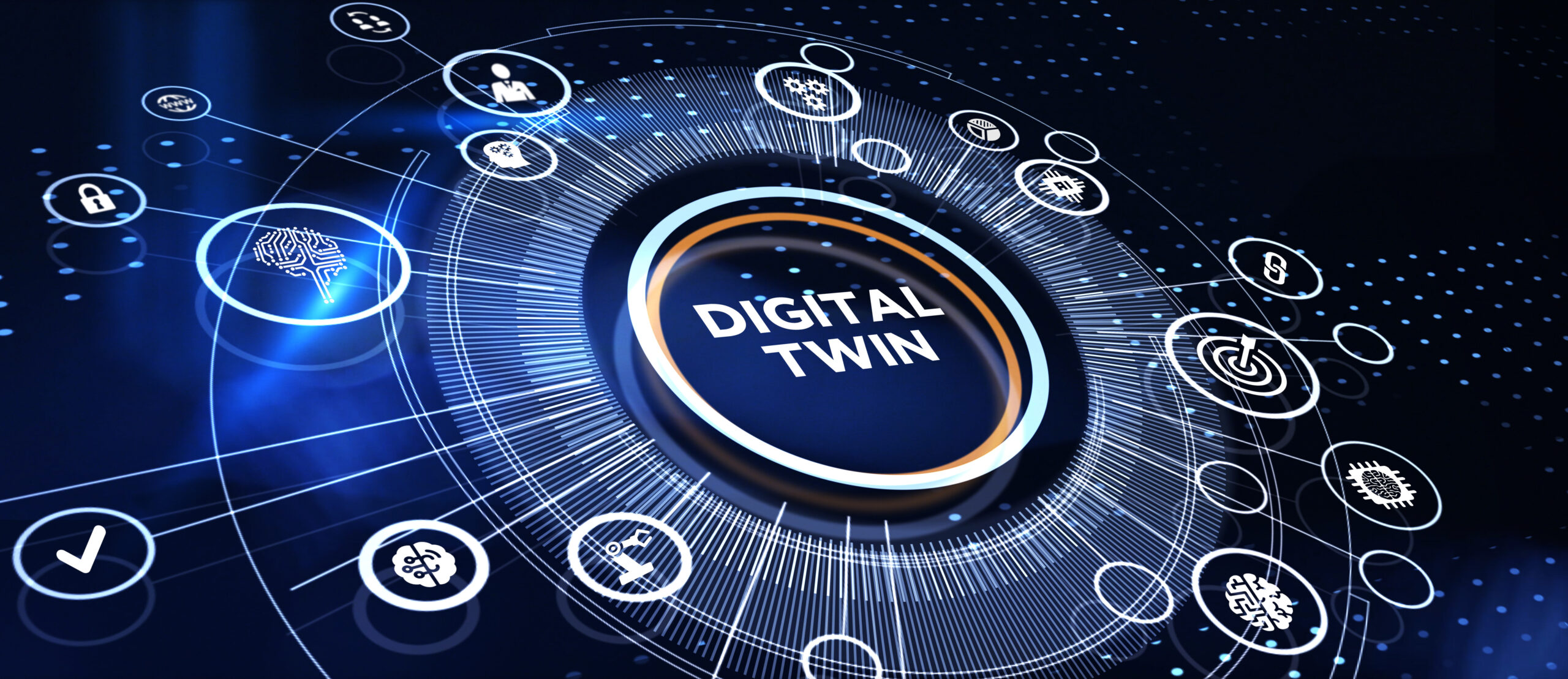In today’s era of constant connectivity, technology has become an indispensable ally for businesses. Digital tools, collaborative platforms, and real-time communication have made work faster and more efficient. However, this “hyperconnection” also brings less visible consequences: digital stress, reduced focus, and difficulty disconnecting. This has given rise to a concept that is increasingly discussed in professional environments: digital detox.
But is it really useful to bring it into the office? And most importantly, how can companies balance efficiency with employee well-being without giving up digital tools?
Why talk about digital detox in the workplace?
The term digital detox refers to intentional breaks from technology to reduce stress and improve mental well-being. In the workplace, this need arises from several factors:
- Notification overload: emails, messages, and corporate chats constantly interrupt focus.
- Always connected: the thin line between work and personal life becomes blurred, increasing psychological pressure.
- Reduced productivity: digital multitasking often lowers the quality of work and lengthens task completion times.
- Burnout: chronic stress caused by excessive technology use is now recognized as one of the main risks for modern workers’ health.
Is digital detox really necessary?
A total digital detox in the office isn’t realistic: companies need technology to remain competitive. However, the concept can be applied in a more practical and sustainable way. It’s not about eliminating technology but about managing it more consciously.
Research shows that small disconnection strategies bring concrete benefits:
- Greater concentration and focus on priorities.
- Improved psychological well-being and reduced stress.
- Increased productivity thanks to targeted use of digital tools.
- Better work-life balance.
How to balance efficiency and well-being
For businesses, the challenge is to adopt digital detox practices without compromising efficiency. Some practical solutions include:
- Smart notification management
Limit non-urgent alerts and set clear rules on which channels to use for important communications. - Scheduled disconnection times
Define times of the day (for example, the first two hours in the morning) with no emails or chats to encourage focused work. - Corporate policies on the right to disconnect
Avoid contacting employees outside working hours, except in emergencies. - Training and digital awareness
Educate teams on balanced technology use, learning to distinguish between “urgency” and “importance.” - Workspaces dedicated to well-being
Create environments that encourage healthy breaks and moments away from screens, such as relaxation areas or green spaces.
Conclusion
Digital detox in the workplace does not mean giving up technology, but learning to use it better. In an increasingly digital world, finding the balance between efficiency and well-being becomes a strategic priority for companies that want to maintain productive, motivated, and healthy teams.
Ultimately, it’s not about “switching off” technology, but about turning it back on with greater awareness.







